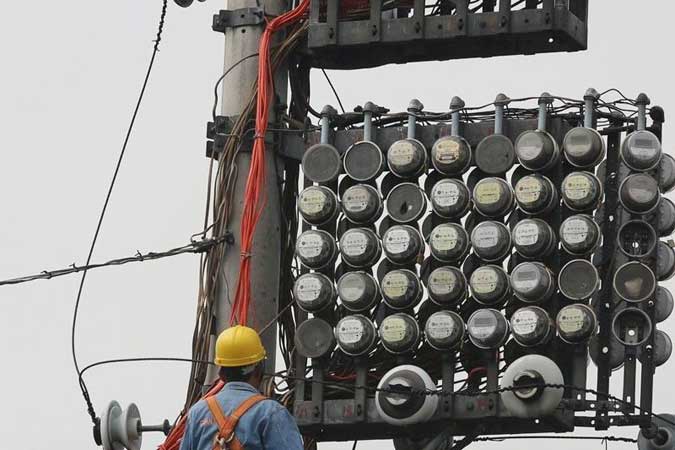THE ENERGY Regulatory Commission (ERC) has revised the formula that will trigger the imposition of price caps, which will now come into play based on power price movements over 72 hours rather than 120.
It said the new trigger event for price caps hopes to address price surges on the wholesale electricity spot market (WESM).
In a statement Wednesday, the ERC said the new trigger for price caps was effected by amending a 2017 resolution on pre-emptive mitigating measures in the spot market.
“The amendment (includes the) lowering of the rolling average period from 120 hours or five days to 72 hours or three days,” the commission said.
According to ERC Chairperson and Chief Executive Officer Agnes VST Devanadera, the implementation of such measures in May would have resulted in a lower average WESM price.
“Because of the imposition of the secondary price cap (SPC) in May 2021, (the) average price in WESM was at P7,428/MWh (megawatt-hour) instead of P8,120/MWh. That is for the five days’ rolling average. If reduced to three days’ rolling average, (the) resulting price would have been P6,338.66/MWh,” she said.
Asked to comment, the Philippine Rural Electric Cooperatives Association, Inc. (Philreca) said shortening the rolling average period “may not guarantee lower prices in the market nor reduce price spikes, but will protect the public from unreasonable high market prices.”
“We commend the ERC for looking after and protecting the welfare of the consuming public. (But) due to the volatility that is inherent to the market, price spikes may not entirely be avoided,” Philreca Executive Director Janeene D. Colingan told BusinessWorld by e-mail Wednesday.
She said that reducing the time for the SPC to kick in does not address the issue of the lack of reserves. “We believe that more need to be done by our government planning and regulating agencies to ensure stability and security of energy supply,” Ms. Colingan added.
The Independent Electricity Market Operator of the Philippines (IEMOP) has said that it imposes the cap when it observes “sustained high prices in the spot market for the past five days.”
Last week, the market operator said it implemented the SPC during 103 trading intervals from June 1 to June 20. The month before, the IEMOP imposed the cap during 55 trading intervals.
Another change in the ERC’s 2017 resolution is the setting of a regional or island SPC mechanism which will “have the same SPC value, CPT (cumulative price threshold) and rolling average period similar to that of the system-wide imposition and shall be applied during certain conditions.”
On Wednesday, the commission said that the amendments will be outlined in an updated resolution which will be released in a few days. It said that it held public consultations in November 2019 on the matter.
The IEMOP has said high prices at the start of the May billing period triggered the SPC. The cap continued to be imposed until the following month as the Luzon grid underwent a series of yellow and red alerts from May 31 to June 2 due to thinning reserves, forced plant shutdowns and higher temperatures. — Angelica Y. Yang

